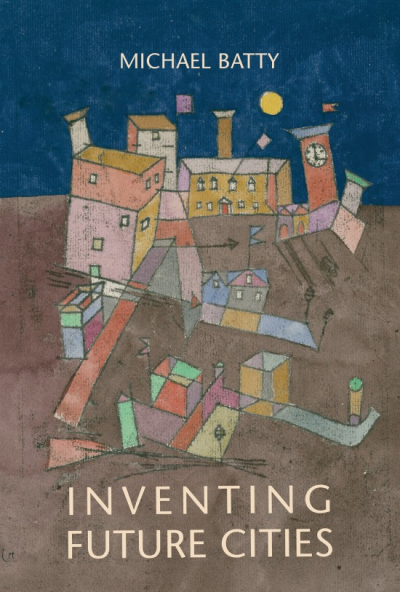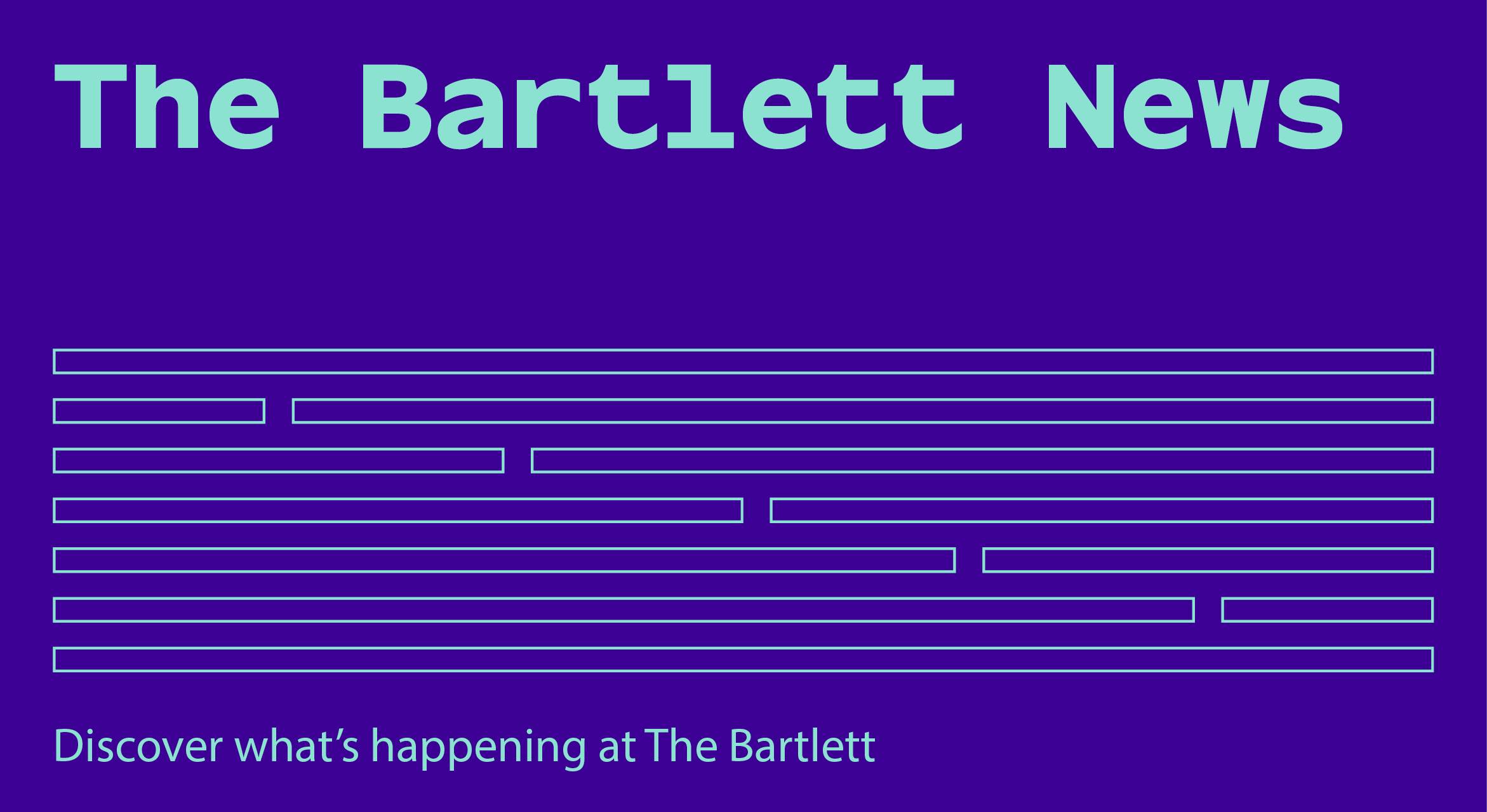Professor Michael Batty, Emeritus Professor of Planning at The Bartlett School of Advanced Spatial Analysis, on how city planning must evolve in the next 100 years.

As the last century wore on, this view slowly began to crumble. Our experience in trying to predict the future, certainly over the long term – years, decades and generations – but even over the very short term, –second, minutes, hours and days – was dominated by few successes and mostly failures. There is now a deep scepticism that we can predict even the closest of events to our near future.
Unpredictability is thus a sign of the times in which we live but it also heralds a change in our world view of what science can do. Much of this is due to the fact that we are continually inventing new ideas and technologies and that this always means that our current theories are out of date, passé to an extent, always contingent on what we have experienced in the past but never what we might invent in the future.
Coping with complexity
In studying cities, we have always known this, for our mission is to design a better future – to invent the future rather than predict it. City planning is about how we invent and as we cannot predict, then we cannot predict what we might invent. This makes our role as city planners and urban designers even more significant, because although we cannot predict but only invent, the process of inventing the future city is still fraught with problems, not least those of coordinating many individual attempts at designing and managing the future city.
What the 20th century has revealed is that cities are immensely complicated organisms; they cannot be designed like machines, they evolve and grow from the bottom up and we intervene in their growth at our peril. But we need to intervene to enable us to solve the myriad problems that beset the city; we need to develop the best designs, but we also need to identify the pressure points and hot spots where our interventions – our planning – might be most effective.
If we have learnt anything from the last century, it is that cities are getting ever more complex, that we are running to keep standing still, and that as we learn more, we should hope to intervene less. Despite the prospect of an automated future, there will always be urban problems that city planning will need to address.
The high-frequency city
Let me speculate on what this might portend for city planning in the next century. I need to describe how city planning is beginning to change as the Industrial Revolution continues and cities become ever more automated in their functions. City planning throughout most of the last century was about ‘grand plans’. “Make no little plans; they have no magic to stir men’s blood and probably themselves will not be realized. Make big plans; aim high in hope and work” said Daniel Burnham, one of the great 19th-century architects of city planning in the United States. From then on, designers, such as Corbusier and Wright, took him at his word. But by the end of the American Century, grand plans had fallen into disrepute and the system of comprehensive planning established in many Western countries was being slowly dismantled. We had found out that our dream of using science to predict was fatally flawed and grand plans that did not account for the complexity of the city were doomed.
As computers have come to dominate every aspect of our working lives, and as they become embedded into the very fabric of the city, our attention is turning away from long-term plans, to thinking about how we might improve the city in the very short term. This is what we might call the ‘high-frequency city’, in contrast to the the ‘low-frequency city’ of change over decades, the city of grand plans.
To an extent, the focus now is more akin to city management. The ‘smart city’, for example, is all about how we can generate more liveable, high-quality environments that function in the short term. But a similar disillusionment is beginning to confront us there too. Despite all the hype about the smart city, and the enthusiasm to control and manage urban functions using new information technologies and the big data that they generate, our ability to predict even in the very short term does not seem to be any better than over decades and generations. And because the future is inherently unpredictable, we do not know whether the hype of artificial intelligence, blockchain technologies, and machine learning will change the nature of how we live in cities.
In some respects, the next 100 years should be a time when we are able to celebrate a new-found wisdom about how we design cities. If we accept that we cannot predict, and this is still disputable to a degree, we should focus all our efforts on design and exploring the universe of possible designs. We can do this using many of the new technologies that we are inventing and there is an exciting prospect that, in thinking of cities in this way, we will be able to identify much more appropriate and relevant methods for achieving more sustainable urban futures. There is now the real possibility that a new view of design is in train across all the professions, skills and sciences relevant to the future of the built environment, and the ideas contained in this vignette suggest that The Bartlett will be at the forefront of engaging with this change.
Professor Paul Batty is an Emeritus Professor of Planning at The Bartlett Centre for Advanced Spatial Analysis (CASA)
 Close
Close




